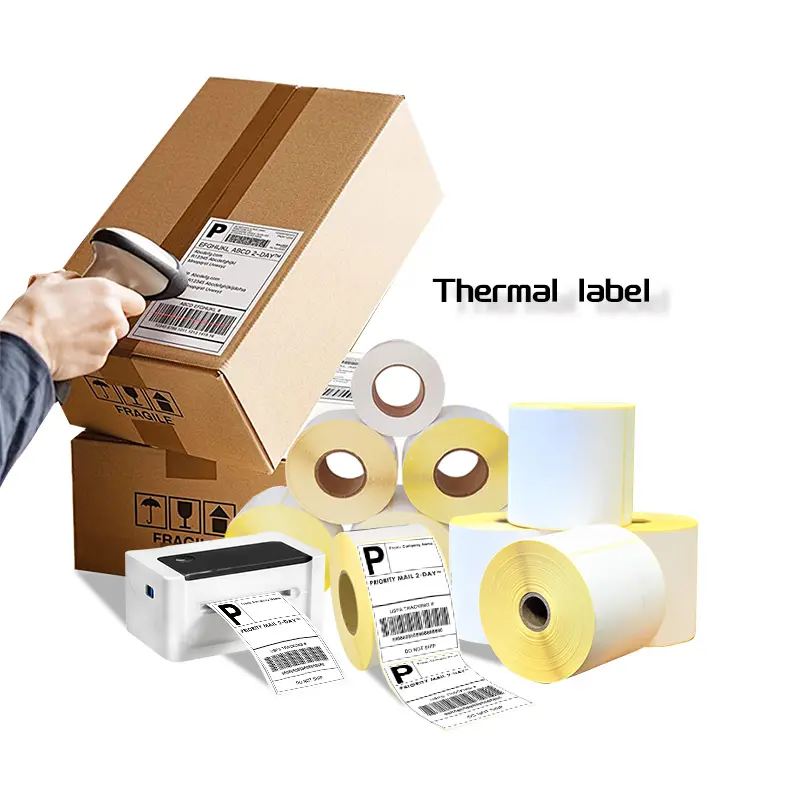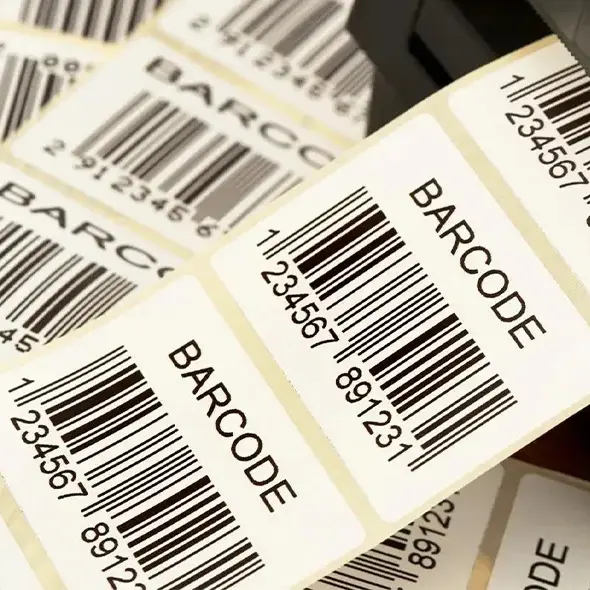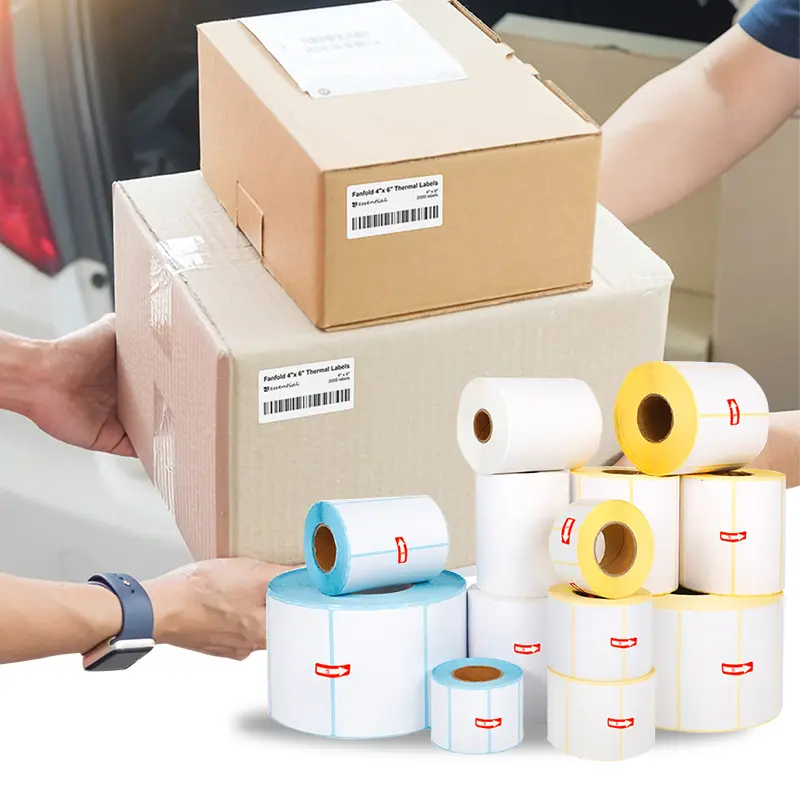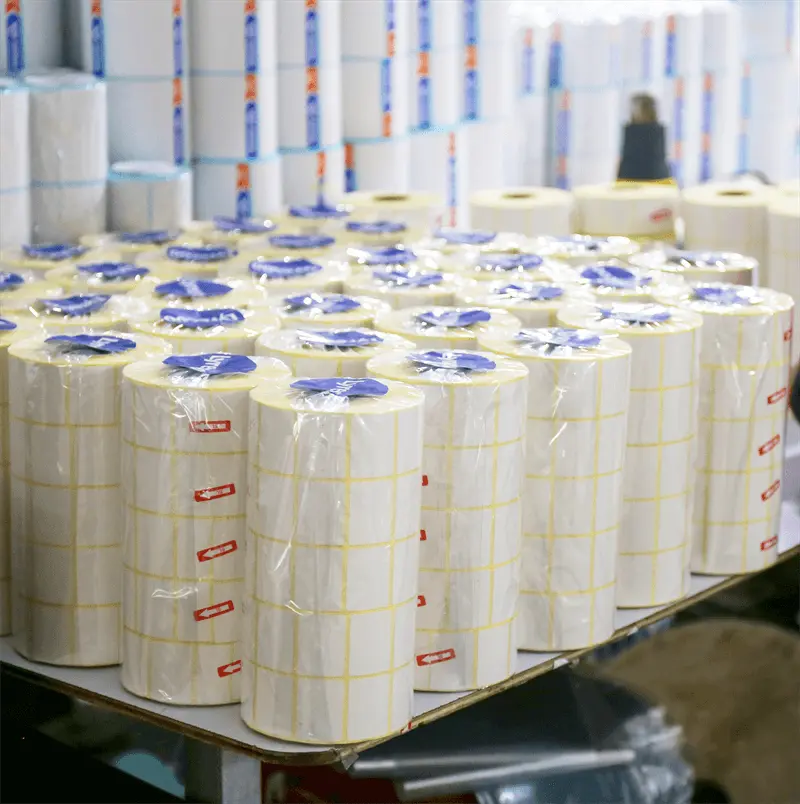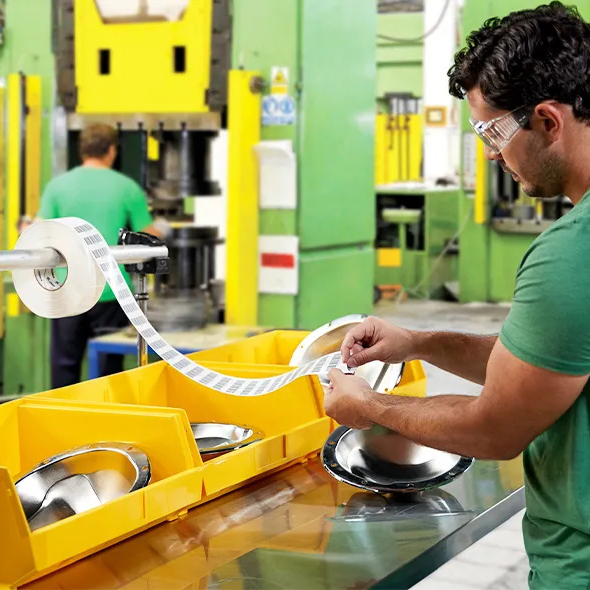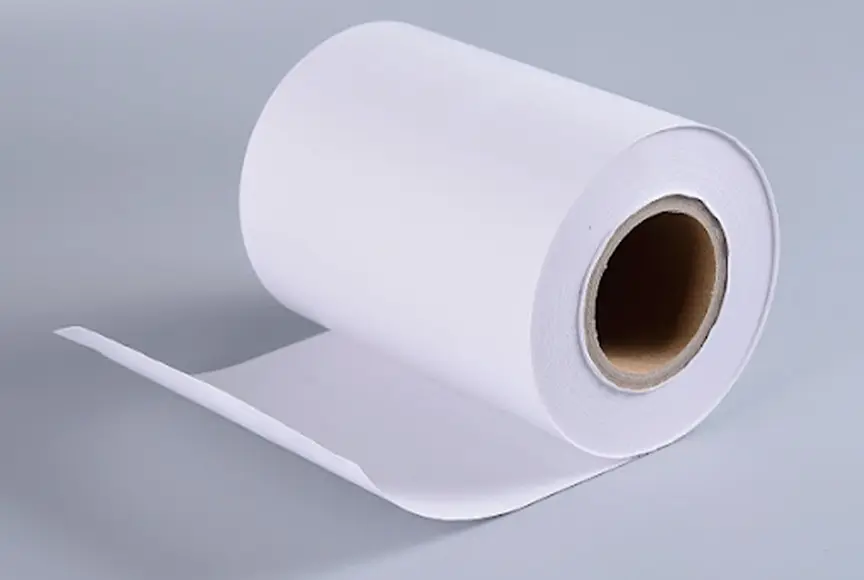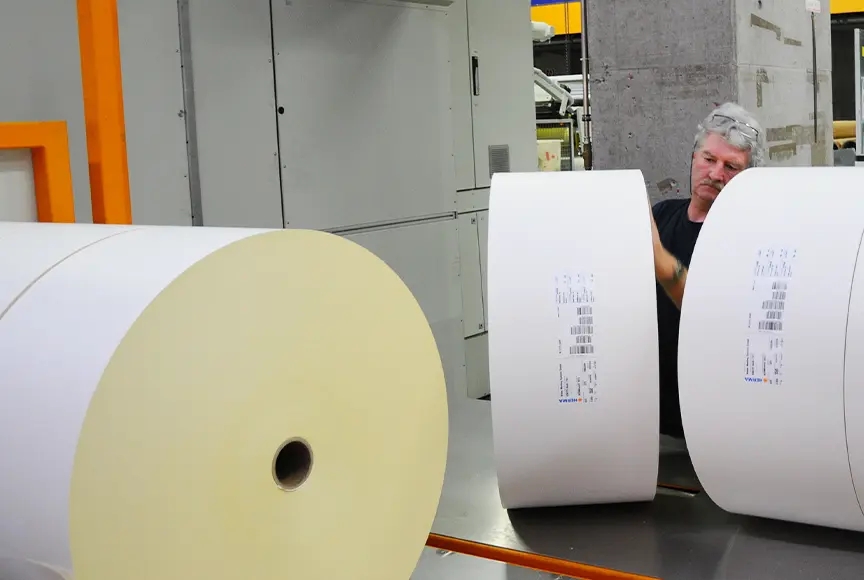Do you know the
difference between
direct thermal labels and
thermal transfer labels? Different labels have different advantages and disadvantages, and it is related to the operational efficiency of enterprises, as well as the cost-effectiveness of business development. Today we come together to understand the difference between these two kinds of labels.
what is a direct thermal label?
Direct thermal printer labels are labels that do not require ink or ribbon and are coated with a special chemical coating that changes colour when subjected to heat, resulting in an image or text. These labels are commonly used to print receipts, bar codes and short-term identification labels because of their low cost and simplicity of operation, but they have low durability and are susceptible to the effects of heat, light and friction, and are prone to fading when exposed to heat or sunlight.
What are thermal transfer labels?
A
thermal transfer label is a type of label in which an image or text is transferred to the label by thermal transfer printing technology. When printing, the printhead is heated and pressed against a ribbon (also known as a ribbon or transfer film), transferring the ink from the ribbon to the surface of the label.
Thermal transfer printer labels have excellent durability against heat, moisture, chemicals and abrasion, and are commonly used for labels that need to be stored for long periods of time and in harsh environments, such as industrial labels, asset labels and warehouse labels.
Thermal transfer printable labels are a little more expensive initially than direct thermal labels, but they are more durable and have a longer lifespan than direct thermal paper label. For businesses that need to use them, thermal transfer label rolls are more affordable in the long run.
How to thermal label identify
● Appearance:
Direct thermal labels: usually have a smooth, glossy surface, the paper is thin and whitish in colour.
Thermal transfer labels: the paper is thicker, sometimes with a waxy or resinous coating, and the surface may not be glossy.
● Test:
Direct thermal labels: Scratch the surface of the label lightly with your fingernail or a hard object, if the surface turns black or discoloured, it is a direct thermal label.
Thermal transfer labels: Scratching the surface with a fingernail or hard object will not produce a noticeable change, and requires a thermal transfer printer and ribbon printing to display the content.
● Use of the environment:
Direct thermal labels: commonly used for short-term use, such as receipts, courier labels, tickets, etc.
Thermal transfer labels: for long-term use, such as industrial labels, asset labels, storage labels.
● Printing equipment:
Direct thermal labels: use
direct thermal printers, these printers do not have ink ribbons.
Thermal transfer labels: use thermal transfer printers, these printers need to install the ribbon
Tips for choosing the right label type
Choosing the right type of label depends on the specific requirements of the environment in which the label is to be used, here are some tips to help choose the right label:
1. Understand the application requirements:
● Short-term use: If the label is only required for short-term use (e.g. receipts, courier labels, tickets), choose labels direct thermal.
● Long-term use: If the label needs to be kept for a long time (e.g. industrial labels, asset labels, storage labels), choose thermal transfer roll labels.
2. Consider environmental factors:
● Thermal environment: Avoid blank direct thermal labels in high temperature, strong light or friction environment, as these factors will cause the label to fade or deteriorate.
● Harsh environment: Choose thermal transfer labeling in environments that require waterproofing, chemical resistance, and abrasion resistance.
3. Durability requirements:
● Low durability: Direct thermal roll labels are suitable for applications with low durability requirements.
● High durability: Thermal transfer paper labels are suitable for applications with high durability requirements, such as outdoor labels and
industrial labels.
4. Budget considerations:
● Cost Control: If budget is limited and the label has a short life cycle, choose the lower cost direct thermal paper labels.
● Long-term benefits: If the budget allows and the label needs to be used for a long time, choose transfer thermal labels, although the initial cost is higher, but the long-term effect is better.
5. Printing equipment:
● Equipment compatibility: Ensure that the type of label chosen is compatible with existing printing equipment.
Continuous direct thermal labels need to work with thermal printers, blank thermal transfer labels need to work with thermal transfer printers.
6. label material:
● Label Material Selection: Select the appropriate
label material for the specific application. Paper labels are suitable for general use, synthetic materials (such as polyester, polypropylene) labels for outdoor or industrial use.
The specific environment is particularly important to choose the right label,
coated direct thermal labels for
short-term provides convenience,
white thermal transfer labels provide a
higher environment provides durability and service life. Identifying different labels and using them wisely can help
improve efficiency and reduce operating costs. If you are not clear enough about the labels you need, please
contact us in time, we have a
professional team to provide you with high quality and accurate service!
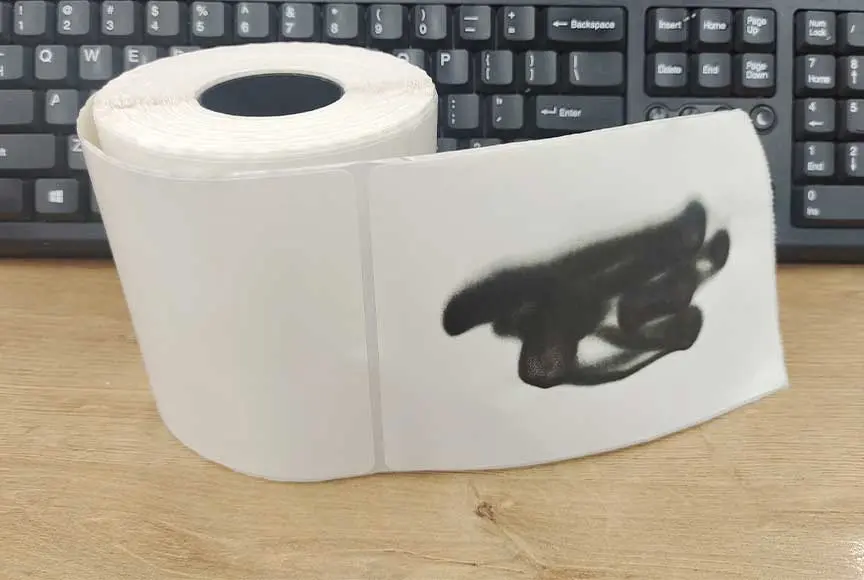
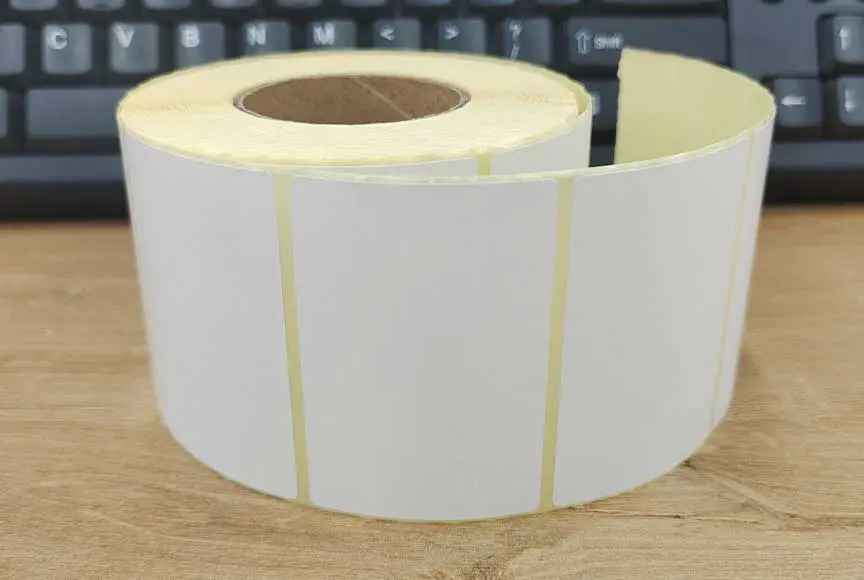






 Thermal labels
Thermal labels
